The aesthetic I chose to discuss for my first blog post is the Space-Age aesthetic. This design movement emerged in the 1960s, and came as a result of the launch of the Sputnik, the peak of the space race, i.e., the space age and space exploration. The space age aesthetic came as a response to the cultural and technological shifts of the time, marked by a fascination with outer space, the ongoing space race, and rapid advancements in science and technology. Thus, this movement was heavily influenced by a combination of technological advancements, societal changes, and the ongoing space exploration efforts during the mid-20th century. In essence, “space age design captured the optimism and faith in technology that was felt by much of society during the 1950s and 1960s…” as “The trendiness of the aesthetic both stimulated and exploited our enthusiasm for the future.” One of the central characteristics that was depicted Space Age design was the futuristic aesthetic, as it embraced a vision of what the future could look like. It often incorporated sleek lines, geometric shapes, and unconventional forms to convey a sense of progress and innovation. Another key component of space age design was streamlined and aerodynamic shapes. Designs from the space age often feature streamlined and aerodynamic shapes reminiscent of spacecraft and futuristic vehicles. These forms convey a sense of movement and reflect the influence of the space race. Next, another essential component of this aesthetic was the use of new materials. Space Age designers were keen on utilizing new and innovative materials that symbolized progress and modernity. Geometric shapes were another aspect of the design movement as clean, geometric shapes are a hallmark of Space Age design. Circles, spheres, cones, and other geometric forms are commonly used in furniture, architecture, and decorative elements to create a modern and visually appealing aesthetic. Vibrant and bold color choices are another characteristic feature of Space Age design. Colors such as bright reds, oranges, blues, and whites are often used to create a visually striking and energetic atmosphere. Next, we move on to discussing modularity in Space Age design. Many Space Age designs are modular in nature, allowing for flexibility and adaptability. Space Age designs also often feature sculptural and organic forms. Furniture and decor may incorporate curves, biomorphic shapes, and artistic elements that contribute to a sense of fluidity and artistic expression. On top of that, the era of Space Age design coincided with rapid technological advancements, and designers often integrated technological features into their creations. This could include built-in lighting, innovative mechanisms, and materials inspired by space-age innovations. These major characteristics collectively contribute to the distinctive and influential aesthetic of Space Age design. A key players in Space Age design were Eero Saarinen, who was a Finnish-American architect and industrial designer and is renowned for his contributions to mid-century modern architecture and furniture design. Likewise, Buckminster Fuller, an American architect, engineer, and inventor, was a visionary known for his geodesic dome designs as his innovative approach to structures and materials contributed to the futuristic aesthetic of the era. These are just a few of the many designers who played pivotal roles in shaping the visual language and fundamental aspects of the Space Age design movement. Since the movement emerged, Space Age design influenced architecture with its futuristic and sleek aesthetic. Buildings and structures began incorporating elements inspired by space exploration, such as streamlined forms, metallic surfaces, and innovative materials. Similarly, the movement had an impact on interior design, as designers began integrating futuristic elements into homes and public spaces. Hence, the futuristic furniture, lighting fixtures, and decor mirrored the optimism of the space exploration era. Adding onto that, Product Design was also heavily impacted. Product designs began highlighting clean lines, geometric shapes, and new materials, which reflected the optimism and technological advancements associated with space exploration. Furthermore, Space Age design became a part of popular culture, influencing movies, television shows, and music. Accordingly, Sci-fi themes and futuristic aesthetics became widespread in entertainment, demonstrating the fascination with space exploration. At its core, the Space Age design movement left an everlasting effect on the visual and material culture of the mid-20th century, shaping the way people perceived and interacted with design in various aspects of their lives.
With the help of chatgpt to further explore the influences on the Space-Age design movement/aesthetic, I also did some extensive reading and research on the Space-Age as a whole. Down below are the sources I used to gather information to formulate my response. Disclaimer: Information gathered from chatpgt was fact-checked.
https://adorno.design/editorial/be-bold-what-is-a-space-age-aesthetic/
https://www.italiandesignclub.com/2023/11/06/space-age-design/
https://www.popsci.com/technology/article/2011-06/archive-gallery-how-space-age-influenced-design/
https://designwanted.com/space-age-design/
https://www.spaceagedesign.org/
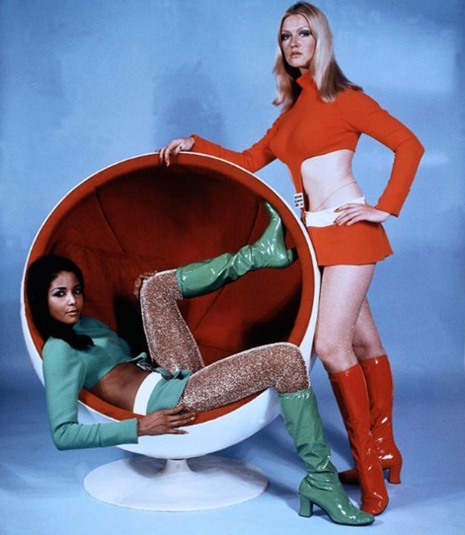

https://gracemarieart.tumblr.com/post/182169377000/bubblegum-space
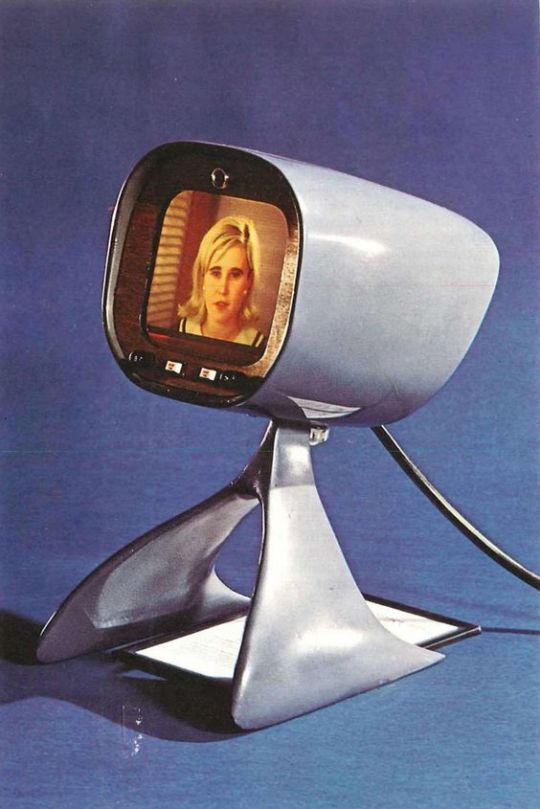
https://www.tumblr.com/thevaultoftheatomicspaceage
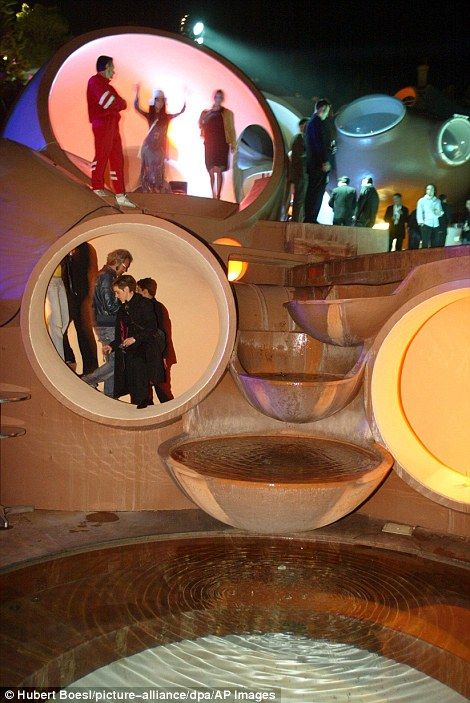
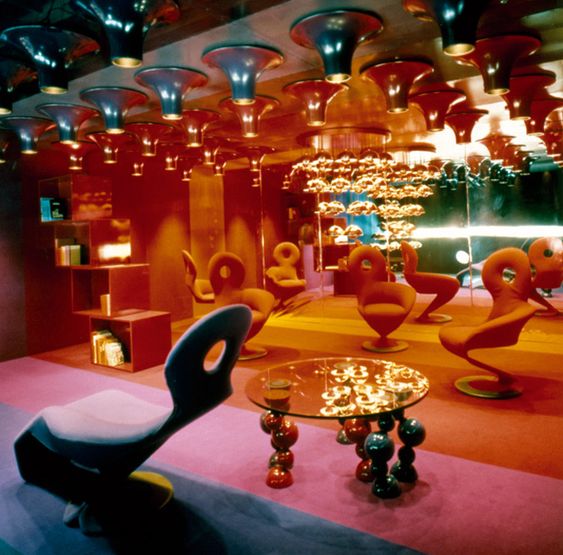
https://www.verner-panton.com/en/collection/exhibition-illums-bollighus/
https://www.wired.com/2008/09/verner-panton/
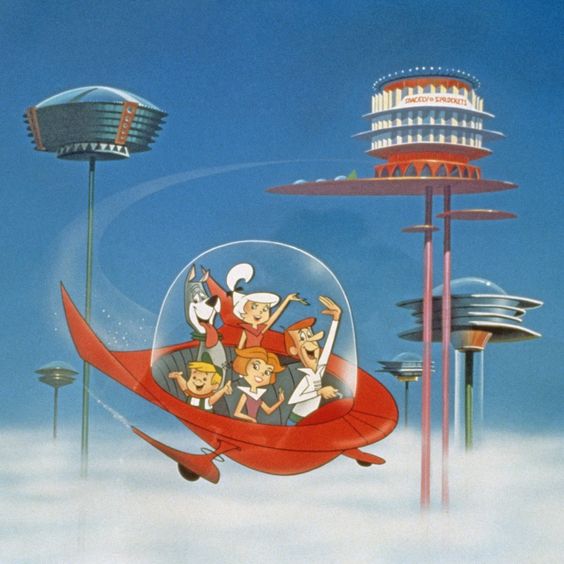

2 Comments. Leave new
Hi Sammie, your post offers a comprehensive overview of the Space-Age aesthetic, effectively detailing its key features and historical impact. The strengths lie in the vivid description of its characteristics and the exploration of its influence across various domains. However, it could be enhanced by discussing how the Space-Age aesthetic reflects the societal attitudes of the 1960s and its legacy in contemporary design. Questions like, “How did the Space-Age aesthetic mirror societal optimism of its time?” and “How does it influence modern design?” would add depth to the analysis.
I enjoyed exploring the Space-Age aesthetic in your blog post. The comprehensive coverage, from its origins to influential designers like Eero Saarinen and Buckminster Fuller, gives a solid understanding of the movement. The inclusion of quotes adds credibility, contributing to the overall well-researched feel. Delving deeper into the cultural context, such as the impact of the Cold War or societal attitudes of the 1950s and 1960s, would add a personal touch to the narrative. Can you share any personal reflections on how Space-Age design has influenced your perception of aesthetics or design in your own life?